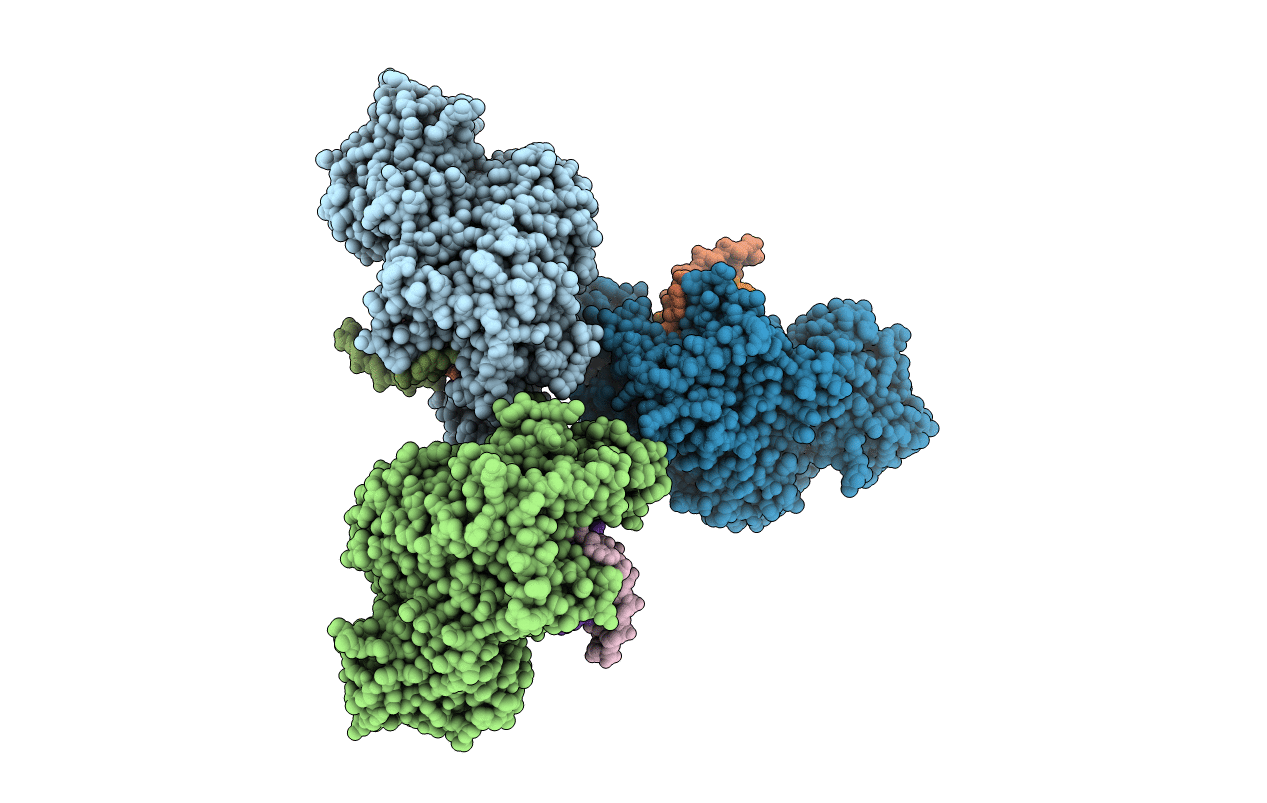
Deposition Date
2022-05-13
Release Date
2022-10-12
Last Version Date
2024-01-31
Entry Detail
PDB ID:
7ZUS
Keywords:
Title:
Crystal structure of ternary complex of Pol theta polymerase domain
Biological Source:
Source Organism:
Homo sapiens (Taxon ID: 9606)
synthetic construct (Taxon ID: 32630)
synthetic construct (Taxon ID: 32630)
Host Organism:
Method Details:
Experimental Method:
Resolution:
2.26 Å
R-Value Free:
0.23
R-Value Work:
0.20
Space Group:
C 1 2 1


